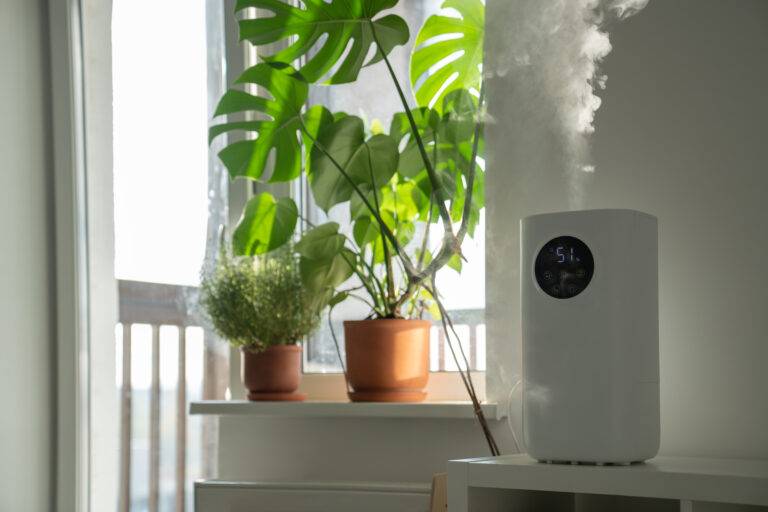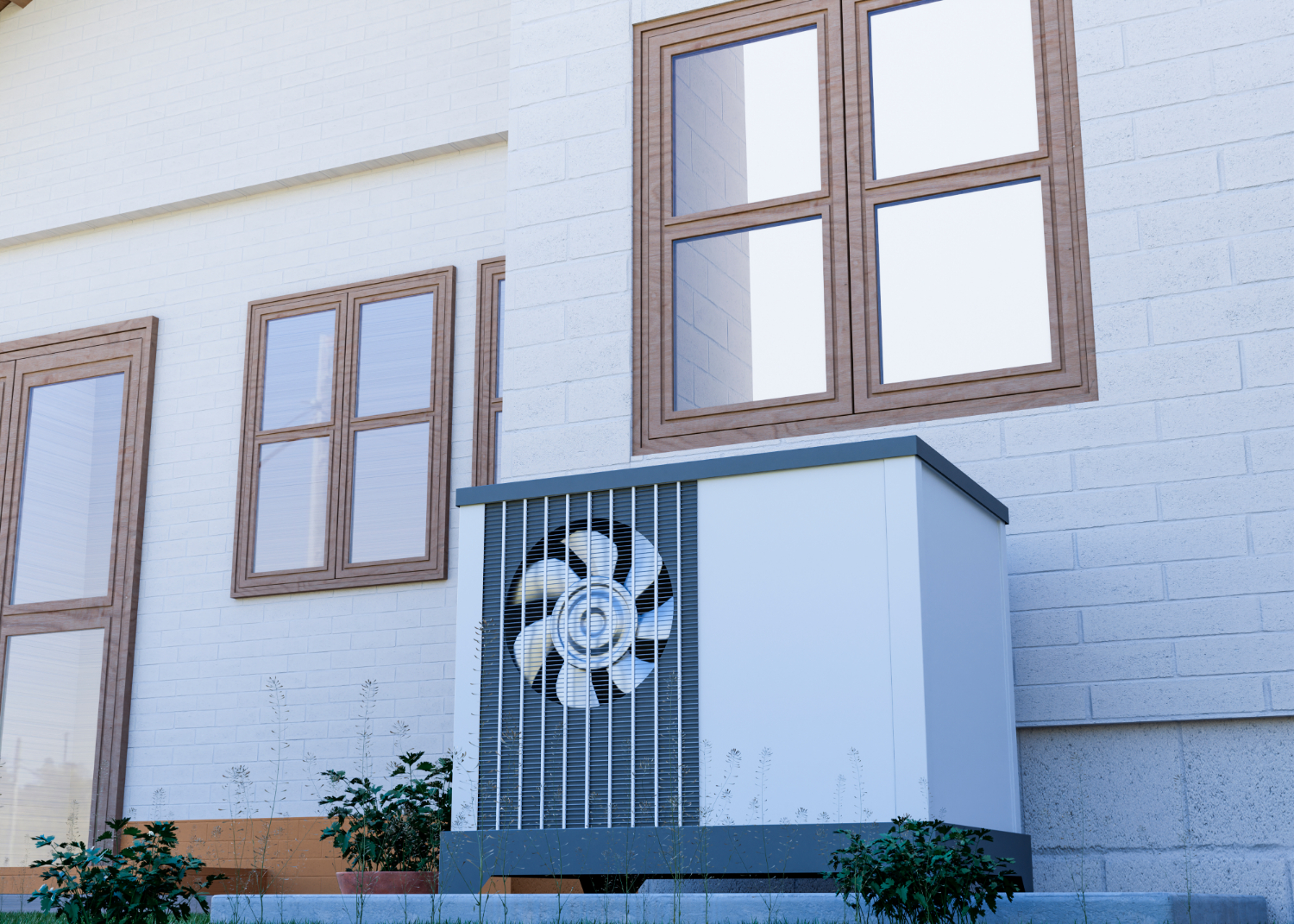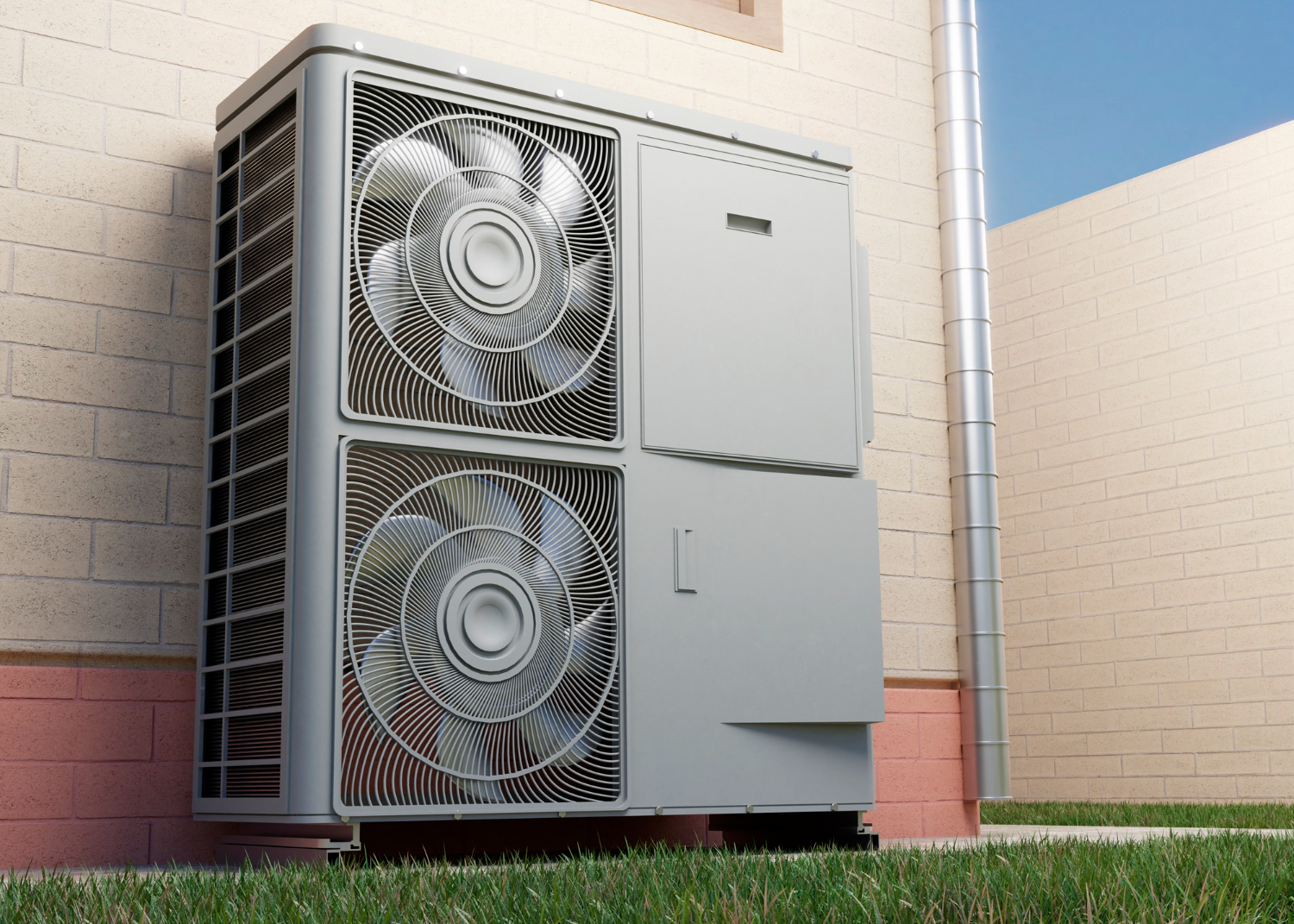Indoor air quality (IAQ) is a critical aspect of maintaining a healthy and comfortable living environment, but it can be challenging to separate facts from fiction. As an HVAC and plumbing company based out of Long Beach, California, we at Power Pro Plumbing Heating & Air understand the importance of providing accurate information to help you make informed decisions about your home’s air quality.
We will debunk some common indoor air quality myths, shining a light on the truth behind these misconceptions and offering valuable guidance to ensure you prioritize the health and well-being of your family. Armed with the right information, you can take the necessary steps to improve the air quality in your Long Beach home and enjoy the benefits of a cleaner, fresher living space.
Myth 1: Indoor Air is Clean and Safer Than Outdoor Air
Contrary to what many believe, indoor air can be polluted and pose health risks when not properly maintained. Pollutants such as dust, mold, pet dander, and chemical emissions from household products can accumulate within the confined spaces of your home. Our professionals recommend investing in proper ventilation and air purifiers to maintain good indoor air quality and minimize potential health risks.
Myth 2: Air Filters Only Need Changing Every Few Months
The frequency of air filter replacement depends on various factors such as the type of filter, home location, and presence of pets. For optimal indoor air quality, our technicians advise regularly inspecting and changing the air filter as needed, which could be as often as once a month in some cases. Remember that clean air filters not only improve air quality but also enhance your HVAC system’s overall efficiency.
Myth 3: Indoor Plants Can Singlehandedly Improve Indoor Air Quality
While indoor plants offer aesthetic value and potentially absorb some pollutants, they alone cannot guarantee clean indoor air. It’s essential to combine the use of indoor plants with proper ventilation, regular cleaning, and air filtration systems to effectively tackle pollutants and maintain a healthy living environment.
Myth 4: Increased Ventilation Will Invite More Outdoor Pollution
Some homeowners worry that opening windows or installing ventilation systems will bring in outdoor pollutants. However, exchanging stale indoor air with fresh outdoor air is essential for maintaining good indoor air quality. Our professionals can help design and implement effective ventilation systems that protect your indoor environment from external pollutants while promoting a steady flow of fresh air.
Myth 5: Air Purifiers Can Remove All Home Contaminants
While air purifiers play a crucial role in filtering airborne particles, they cannot remove all home contaminants. Combining air purifiers with regular cleaning practices and other air quality solutions, such as proper ventilation and humidity control, creates a comprehensive approach to maintaining clean indoor air. Our technicians can advise you on the best air quality strategies for your specific home and needs.
Myth 6: Odors are the Primary Indicator of Poor Indoor Air Quality
Odors can be a sign of poor air quality, but not all harmful pollutants produce detectable smells. Some contaminants, such as carbon monoxide, are odorless and require special detectors to ensure your home remains safe. Relying solely on scent is not enough to assess your home’s air quality; consider investing in real-time monitoring tools and professional assessments to stay informed and proactive about your indoor environment.
Myth 7: Humidity Control is Not Necessary for Indoor Air Quality
Controlling humidity levels is crucial for maintaining a comfortable and healthy indoor environment. High humidity promotes mold growth and triggers allergy symptoms, while low humidity can cause respiratory issues and dry out skin and hair. Our professionals recommend monitoring and adjusting humidity levels as needed to maintain the recommended range for optimal comfort and air quality.
Myth 8: Dust is the Only Allergen to Worry About
While dust is a common allergen, it’s not the sole contributor to indoor air pollution. Allergens such as pet dander, pollen, mold spores, and other microscopic particles can impact your home’s air quality and trigger allergy symptoms. Combating these allergens requires a multi-pronged approach, including regular cleaning, air filtration systems, and proper ventilation.
Myth 9: Indoor Air Quality is Only a Concern for Allergy Sufferers
Poor indoor air quality can affect anyone, not just individuals with allergies or respiratory conditions. Even healthy individuals can experience symptoms such as headaches, fatigue, and respiratory irritation due to inadequate indoor air quality. Prioritizing your home’s air quality is essential for maintaining the overall health and well-being of every family member.
Myth 10: DIY Air Quality Solutions are Just as Effective as Professional Services
While some DIY solutions can help improve indoor air quality, they often lack the advanced tools, expertise, and comprehensive approach provided by professional HVAC services. Our technicians are trained to identify and address a wide range of air quality issues and can provide customized solutions tailored to your specific needs and concerns.
Conclusion: Keep Your AC Running Smoothly with Expert Repair Services
As a Long Beach homeowner, staying informed about common AC repair issues and taking preventive measures can save you time, money, and frustration. Our experienced technicians at Power Pro Plumbing Heating & Air are here to help diagnose, repair, and maintain your air conditioning system to ensure optimal performance, energy efficiency, and home comfort. We understand the unique challenges faced by Long Beach residents and are committed to providing quality service and expert advice.
Don’t let AC repair problems get you down. Trust our professional technicians to address and resolve any issues quickly and effectively. Contact us today to schedule a maintenance appointment or to discuss your AC repair in Long Beach. We look forward to helping you maintain a comfortable and efficient home environment.










